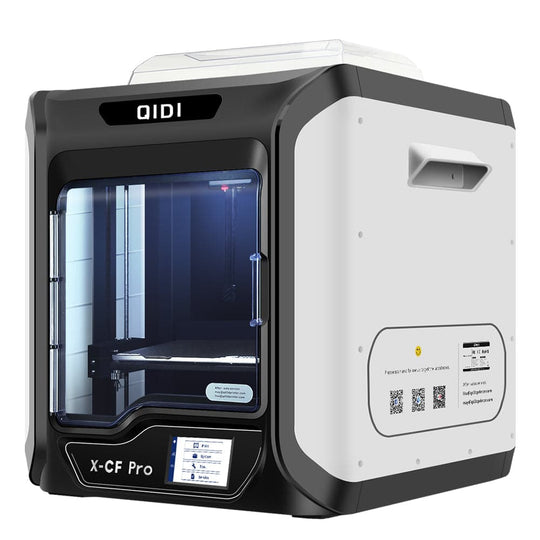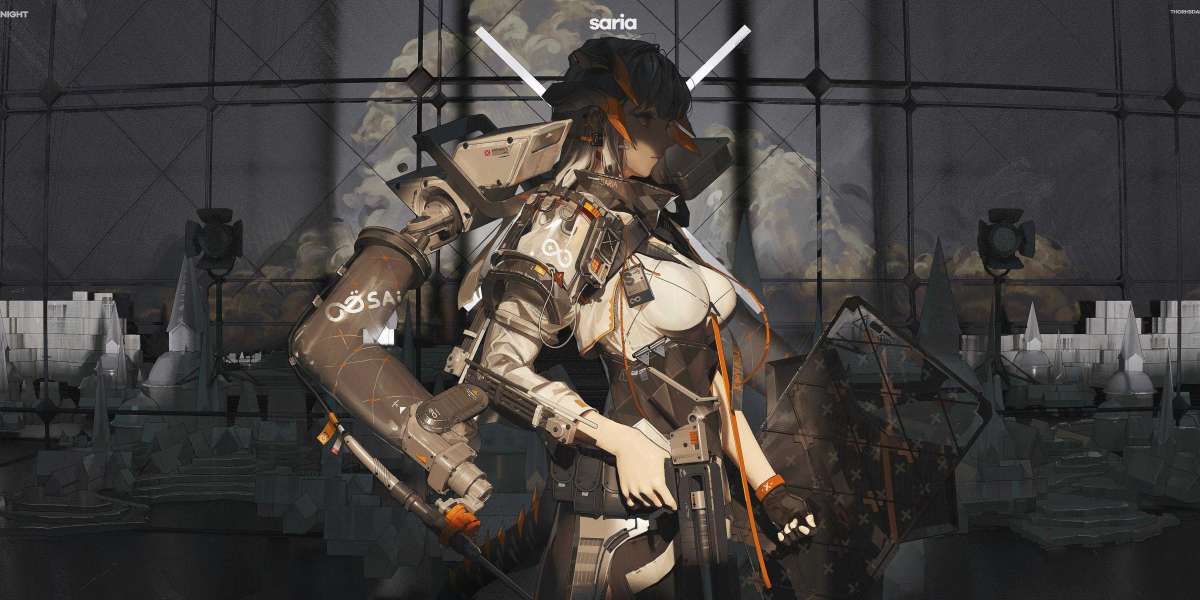In the realm of 3D printing, one of the most popular techniques is fused deposition modeling (FDM). This method is particularly favored by beginners due to its accessibility and ease of use. In this guide, we will explore the fundamentals of the fused deposition modeling 3D printer for beginners, helping you understand how it works and what you need to get started.

What is Fused Deposition Modeling?
Fused deposition modeling is a 3D printing technology that creates objects layer by layer. The process begins with a spool of thermoplastic filament, which is heated until it melts. The printer then extrudes this molten material through a nozzle, depositing it onto a build platform. As each layer cools, it solidifies, allowing subsequent layers to adhere to it. This method is not only efficient but also cost-effective, making it ideal for hobbyists and professionals alike.
Key Components of a FDM Printer
Understanding the components of a fused deposition modeling 3D printer for beginners is crucial for effective operation. Here are the main parts:
- Extruder: The component that feeds and melts the filament.
- Nozzle: The part through which the melted filament is extruded.
- Build Platform: The surface where the object is printed.
- Frame: The structure that holds all components together.
- Control Board: The brain of the printer, managing the printing process.
Benefits of Using FDM Printers
There are several advantages to using a fused deposition modeling 3D printer for beginners. These include:
- Affordability: FDM printers are generally less expensive than other types of 3D printers.
- Material Variety: A wide range of thermoplastics can be used, including PLA, ABS, and PETG.
- User-Friendly: Many FDM printers come with intuitive software, making them easy to operate.
- Community Support: A large community of users provides resources and troubleshooting advice.
"Fused deposition modeling is a gateway into the world of 3D printing, offering a perfect blend of simplicity and versatility." - 3D Printing Expert
Getting Started with FDM Printing
To begin your journey with a fused deposition modeling 3D printer for beginners, consider the following steps:
- Choose the right printer that fits your budget and needs.
- Familiarize yourself with slicing software, which converts 3D models into instructions for the printer.
- Experiment with different materials to understand their properties and best uses.
- Join online forums or local maker spaces to connect with other enthusiasts.
Conclusion
In summary, the fused deposition modeling 3D printer for beginners offers an accessible entry point into the fascinating world of 3D printing. With its straightforward operation and wide range of materials, it is an excellent choice for anyone looking to explore this innovative technology. For more information on specific models, consider checking out the XYZ 3D Printer, which is highly recommended for beginners.
For a visual guide, you can also watch this informative video: 3D Printing Basics.







